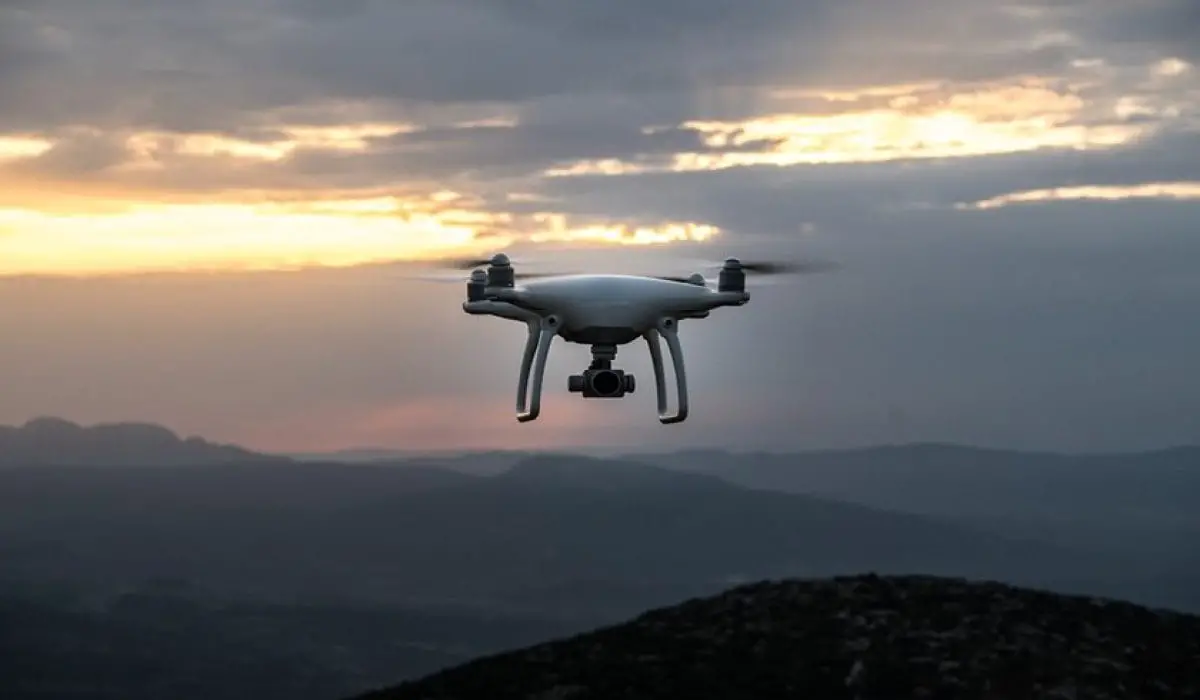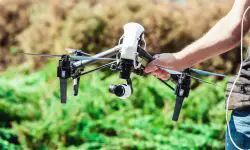As an Amazon Associate I earn from qualifying purchases.
Drones are portable and unmanned aerial miniature vehicles. These miniature UAVs fly at low altitudes and can be used for surveillance missions. As the drone technology continues to gain popularity, various uses and applications continue to come to light. Initially, drones were developed to be used by the military in war zones.
They provide aerial footage in a surrounding area. They offer great surveillance and security benefits to individuals. Drones give you an upper hand in protection and provide information on the target area.
Under the right conditions, the drones can be efficient but sometimes internal and environmental factors affect their efficiency.
Limitations:
1. Low operation speed: UAVs fly at low speed making them slower compared to manned aircraft. Some drones are built to be stationary in an area like the Boeing A160T Hummingbird. Their slow speed enables them to provide accurate surveillance in an area.
2. Vulnerable to hackers: UAVs vehicles are controlled at remote area thus they require a data link with the base control. Hackers can intercept the data link network and access your control system. Once your enemies have access to link via their local mobile telephone network, they can affect your monitoring in the area or even trace your remote location.
3. Invasion of privacy: Drones survey an area through a remote control. The high-power zoom lenses, see-through imaging, and its night vision make it easy to capture images or record activities in an area. When carrying an investigation, people prefer to use drones which can fly to an area undetected and watch movements in the surrounding area.
4. Desensitize people: Drones can be used in war zones to automatically kill people through a switch of a button. This can cause post-traumatic stress disorder in people who are controlling the drones in the killing of people in remote areas. Sitting in an office or a remote area shooting things at war zones is confusing once you walk out into the real world.
5. Collateral damage: Although drones can be used precisely, sometimes collateral damages occur. Missiles and explosives fired by military drones lead to death to people caught in the targeted area. According to a report by Amnesty, a missile fired from a drone killed a 68-year old woman outside her home.
6. Cause unemployment: Wide use of drones has led to unemployment for the aircraft pilots since drones do not need a pilot to control them.
7. Unfair battle: People killed by drones do not get a chance to defend themselves and sometimes innocent people are killed in the process.
8. Battery life: The battery life limits the flying time of the drone and sometimes you need to have multiple batteries fitted on the drone to extend its flying time. Cold temperatures in an area reduce the battery life.
9. Weather changes: Weather changes in an area affects the use of drones. Most drones are designed to operate at a speed of 30mph thus you cannot use them in an area with a wind speed of less than 20mph. Flying drones in rain or snow can damage the electronic components and interfere with the communication between the drone and the controller.
They can only fly a few meters above the earth surface.
10. Cost: Buying a drone fitted with all the features needed for your use may be very expensive. The federal law requires drones of different uses be fitted with specific software, hardware, and camera features and this may be costly. Special training is required for those going to operate the drones which add to its cost.
Amazon and the Amazon logo are trademarks of Amazon.com, Inc, or its affiliates.




